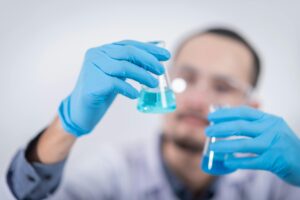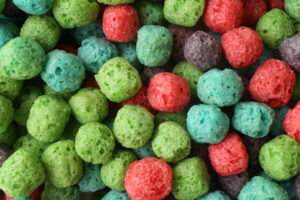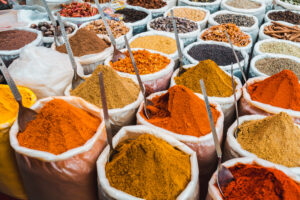Natural colors are created or extracted from edible sources like fruits, vegetables, seeds, and minerals for the purpose of coloring food or beverage applications. However, there is no formal definition of “natural colors” by food authorities, like the Food and Drug Administration (FDA) in the United States or the European Food Safety Authority (EFSA) in Europe.
The Natural Food Colours Association (NATCOL) offers a similar definition saying they “originate from a wide range of sources like vegetables, fruits, plants, minerals and other edible natural sources.” They have been used for many years and are considered safe for use in food and beverage applications.
There are many different types, but check out some of the most used colors below, or read more about all the different types here.
Anthocyanins
from sources like:
purple corn, purple carrots, purple sweet potatoes, radishes, and elderberries
Betanins
from:
beets
Carbon Black
from:
charred vegetable matter like coconut husks
Carotenoids
from sources like:
annatto, beta-carotene, and paprika
Carmine
from:
the cochineal insect
Curcumin
from:
Turmeric root
Chlorophyll
from:
grass
Phycocyanins
from:
spirulina
Safflamins & Carthamins
from:
Safflower
Synthetic colors, on the other hand, include FD&C Red #40, Yellow #5, Blue #1, etc. (or Allura Red, Tartrazine, Brilliant Blue, etc.), and are created from non-edible sources, typically petroleum. While they are generally considered safe for food use, there have been studies linking them to hyperactive behavior in children and require special labelling in the EU.
Natural colors are made by removing the pigments from the natural sources through selective physical and/or chemical extraction methods. This means that the resulting material contains primarily pigments from the natural color source and excludes any flavors or nutritive elements.
The resulting colors are concentrated and standardized so food and beverage manufacturers receive the same color each time they place an order and can expect consistent results. See how it’s done below!
Want to try a sample? Request one here.






